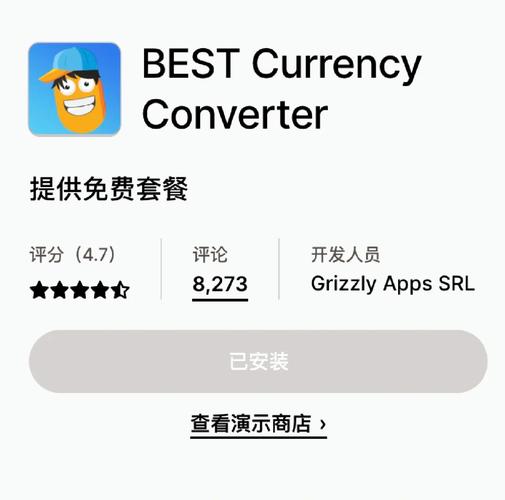Shopify CRO: A Comprehensive Guide for Enhancing Your Online Store’s Performance
Are you looking to boost your online store’s conversion rate? If so, you’ve come to the right place. In this detailed guide, we’ll delve into the world of Conversion Rate Optimization (CRO) for Shopify stores. By understanding and implementing the strategies outlined in this article, you’ll be well on your way to maximizing your store’s potential.
Understanding Conversion Rate Optimization
Conversion Rate Optimization is the process of increasing the percentage of visitors who take a desired action on your website. This could be making a purchase, signing up for a newsletter, or any other goal you have for your online store. By optimizing your website, you can attract more customers and increase your revenue.

Here’s a breakdown of the key components of CRO:
- Understanding Your Audience: Knowing who your customers are and what they want is crucial for successful CRO. This involves analyzing your website’s traffic, identifying your target audience, and understanding their needs and preferences.
- Identifying Conversion Opportunities: Once you have a clear understanding of your audience, you can identify areas on your website where you can improve conversions. This could be through improving your website’s design, optimizing your product pages, or enhancing your checkout process.
- Testing and Measuring: CRO is an iterative process that involves testing different strategies and measuring their effectiveness. By using tools like A/B testing, you can determine which changes lead to the highest conversion rates.
Optimizing Your Shopify Store for CRO
Now that you have a basic understanding of CRO, let’s dive into how you can optimize your Shopify store to increase conversions.
1. Improve Your Website’s Design
Your website’s design plays a crucial role in the user experience and can significantly impact your conversion rates. Here are some tips to improve your Shopify store’s design:
- Keep it Simple: A cluttered website can be overwhelming and confusing for your customers. Use a clean and straightforward design to make it easy for them to navigate your store.
- Use High-Quality Images: High-quality images can help showcase your products and increase trust in your brand. Make sure your product images are clear, well-lit, and professionally taken.
- Optimize for Mobile: With the increasing number of mobile users, it’s essential to ensure your website is mobile-friendly. Use responsive design to ensure your website looks great on any device.
2. Optimize Your Product Pages
Your product pages are where customers make the decision to purchase. Here are some tips to optimize your product pages for higher conversions:
- Clear and Concise Product Descriptions: Provide detailed and accurate product descriptions that highlight the key features and benefits. Avoid using jargon or technical terms that may confuse your customers.
- Include Customer Reviews: Positive customer reviews can significantly boost your conversion rates. Encourage your customers to leave reviews and display them prominently on your product pages.
- Use High-Quality Product Images: As mentioned earlier, high-quality images are crucial for showcasing your products. Make sure to include multiple images from different angles to give customers a better view.
3. Enhance Your Checkout Process
The checkout process is where many customers drop off. Here are some tips to optimize your checkout process for higher conversions:
- Minimize Steps: Keep your checkout process as simple and straightforward as possible. Avoid unnecessary steps or forms that may frustrate your customers.
- Offer Multiple Payment Options: Provide a variety of payment options to cater to different customer preferences. This could include credit cards, PayPal, and other popular payment gateways.
- Display Trust Signals: Use trust signals like SSL certificates, security badges, and customer testimonials to build trust and encourage customers to complete their purchases.
4. Implement A/B Testing
A/B testing is a powerful tool for CRO. By testing different versions of your website or pages, you can determine which changes lead to higher conversion rates. Here are some tips for implementing A/B testing:
- Start with Small Changes: Begin by testing small changes, such as button colors or text, to












